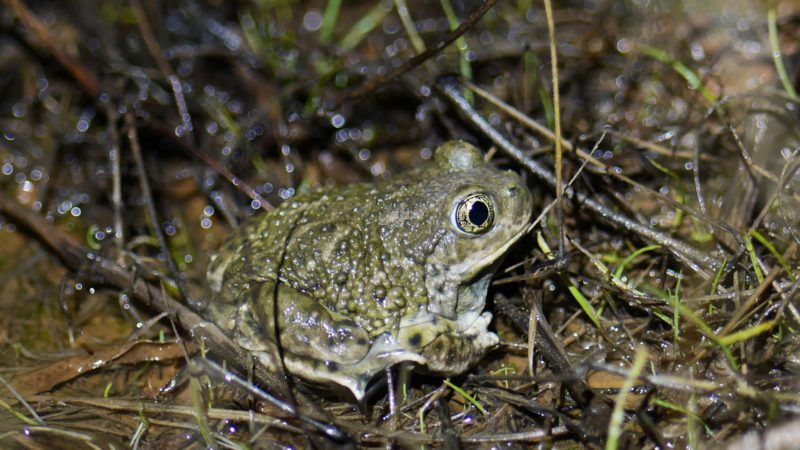Awardee: Kevin Neal
Department: Ecology and Evolutionary Biology
Funding Source: La Kretz Center Graduate Grant
The western spadefoot toad, Spea hammondii, is a dry-adapted amphibian found in grassland and scrub habitat throughout Southern California and the Central Valley. The western spadefoot spends most of its life underground but makes use of vernal pools following rains. Unfortunately these areas have been ripe for agricultural and residential development, and the spadefoot has been extirpated from 30% of its range in the Central Valley and a staggering 80% in Southern California. The extent of this habitat loss has earned S. hammondii a place on the California list of Species of Special Concern; despite this, genetic variation in the western spadefoot has not been studied. To better assess the viability of the western spadefoot into the future, with funding from the La Kretz Center I am developing a set of genomic tools to use in a pilot study to analyze genetic connectivity of spadefoot populations at the landscape level in Proctor Valley in San Diego County. By sequencing thousands of loci across the spadefoot genome, I can precisely quantify population parameters relevant to conservation and analyze genetic connectivity among vernal pools in the context of the physical landscape. With additional funding, the results of this research will be used to extend these analyses across the full range of the western spadefoot in California. Ultimately I intend that my results will ensure that appropriate conservation measures are considered for the persistence of the western spadefoot in California.

